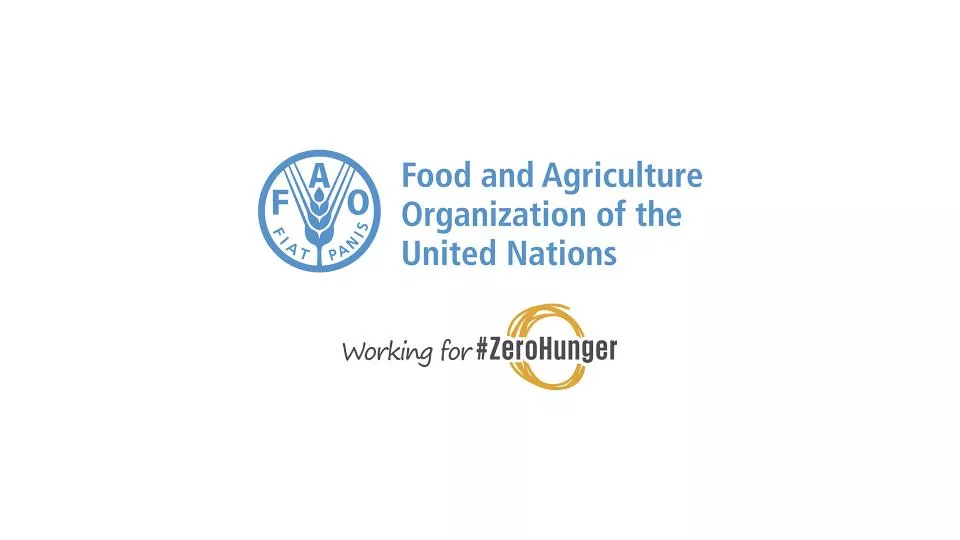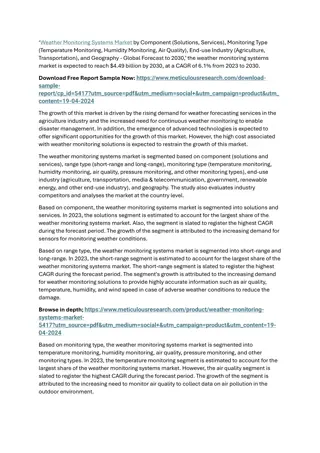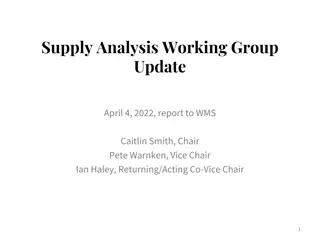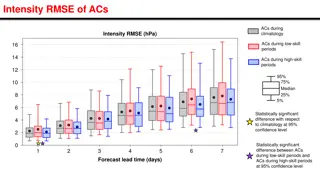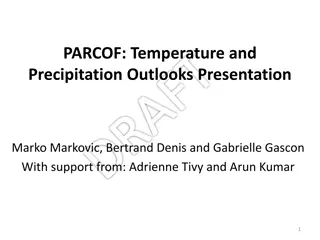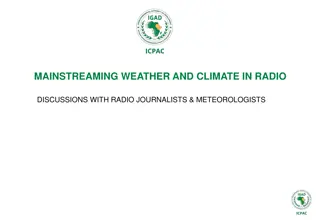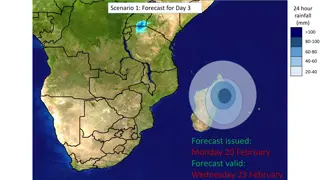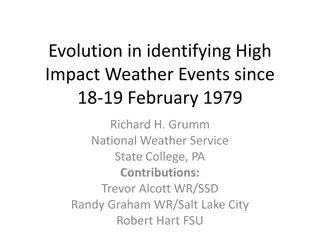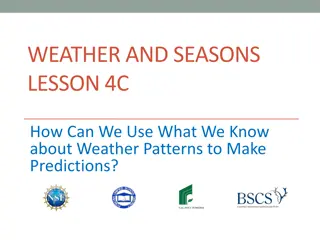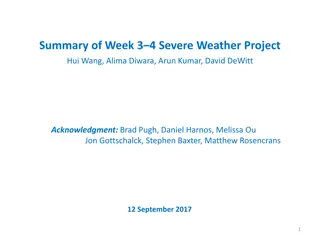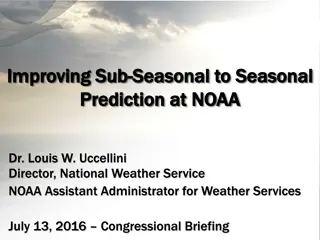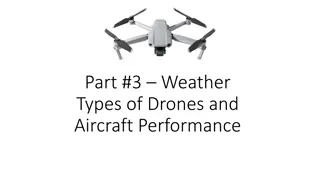Seasonal Update and Forecast: Weather Trends and Recommendations for September 2020
Seasonal update highlights wettest months with flooding, GHACOF forecast for drier conditions, and current rainfall patterns. Key risks include continued flooding effects with recommendations for humanitarian support and livestock health services. FAO's flood impact analysis and FSNMS survey to provide valuable insights into climatic shocks.
Download Presentation

Please find below an Image/Link to download the presentation.
The content on the website is provided AS IS for your information and personal use only. It may not be sold, licensed, or shared on other websites without obtaining consent from the author. Download presentation by click this link. If you encounter any issues during the download, it is possible that the publisher has removed the file from their server.
E N D
Presentation Transcript
Seasonal Update FSLC Meeting | 16 September 2020 With funding from the European Union
Seasonal progress (rainfall) June, July and August were the wettest months across the country. Southeastern part of the country that is the intersection between S. Sudan, Ethiopia, Kenya and Uganda was out of season during the same period. May 2020 March 2020 April 2020 August 2020 June 2020 July 2020
Seasonal progress (rainfall anomaly) Mixed spatial distribution of above-average rainfall across the country. The result was/is flooding across the country that occurred during different months. May 2020 March 2020 April 2020 August 2020 June 2020 July 2020
GHACOF 56 (October December 2020) During October to December this year, rainfall will seasonally subside across the country, resulting in drier conditions. Temperatures are expected to be normal to above normal across the country i.e. between 20-32 C.
Forecast (15-22 September 2020) Most of the rainfall will be experienced in the western parts of the country. The rainfall amount will be normal. Temperatures between 24-28 C are forecasted for most of the country.
Key risks and recommendations Most of the areas affected by flooding earlier in the season continue to be flooded, with people still displaced and at risk of contracting water-borne diseases. Furthermore, their agricultural livelihoods have been affected/disrupted, infrastructure destroyed, and market functionality affected. Humanitarian agencies should continue their support to these populations. Livestock migration to the Equatorias between 19th August and 6th September alone, an estimated 20,000 animals from Bor South and Twic East were offloaded at Juba. FAO to work closely with the Ministry of Livestock and Fisheries (MLF) and other stakeholders to provide animal health services and mitigate any potential resource conflicts between herders and farmers.
In the pipeline FAO s flood impact analysis this will be a series of State-level reports that will highlight the impact of the floods on agriculture and livestock. First report on Jonglei will be out by the end of this week, and other State reports will follow thereafter. Ongoing FSNMS survey will provide insights into the various climatic / weather shocks that households experienced across the country. Data collection is likely to be concluded towards the end of this month.
Thank you Questions, comments, thoughts all are welcome.


